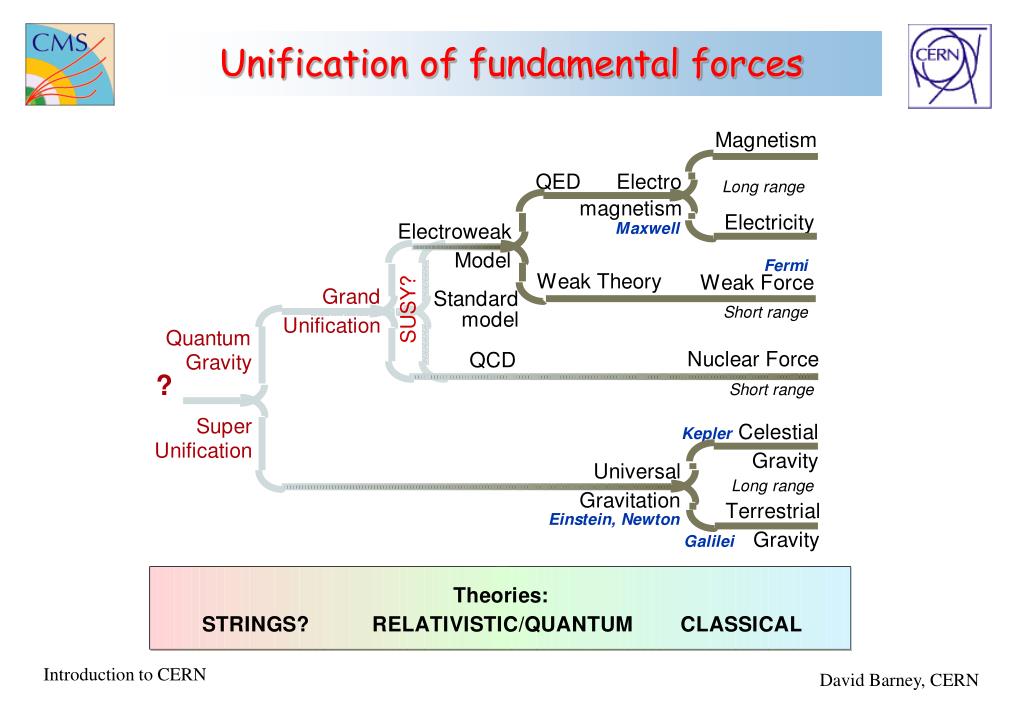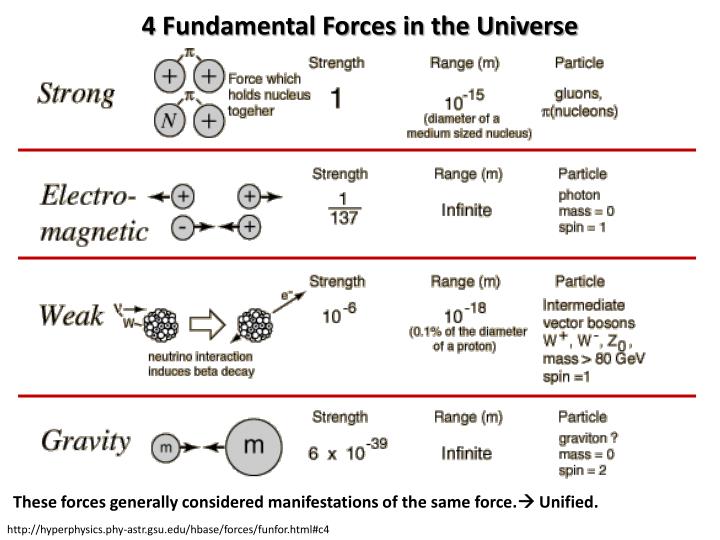
Experiments showed that electrical currents could deflect magnetic compass needles and that moving magnets could produce currents.

One of the great success stories in physics is the unification of electricity and magnetism into the electromagnetic force in the 19th century. Presently, none of these effects appear to reconcile the data with ΩΛ = 0 and q0 ≥ 0.Over the centuries, physicists have made giant strides in understanding and predicting the physical world by connecting phenomena that look very different on the surface. We estimate the likely effect of several sources of systematic error, including progenitor and metallicity evolution, extinction, sample selection bias, local perturbations in the expansion rate, gravitational lensing, and sample contamination. We estimate the dynamical age of the universe to be 14.2 ± 1.7 Gyr including systematic uncertainties in the current Cepheid distance scale.

A universe closed by ordinary matter (i.e., ΩM = 1) is formally ruled out at the 7 σ to 8 σ confidence level for the two different fitting methods. For a flat universe prior (ΩM + ΩΛ = 1), the spectroscopically confirmed SNe Ia require ΩΛ > 0 at 7 σ and 9 σ formal statistical significance for the two different fitting methods. Fixing a "minimal" mass density, ΩM = 0.2, results in the weakest detection, ΩΛ > 0 at the 3.0 σ confidence level from one of the two methods. Different light curve fitting methods, SN Ia subsamples, and prior constraints unanimously favor eternally expanding models with positive cosmological constant (i.e., ΩΛ > 0) and a current acceleration of the expansion (i.e., q0 0 at the 3.0 σ and 4.0 σ confidence levels, for two different fitting methods, respectively. The distances of the high-redshift SNe Ia are, on average, 10%–15% farther than expected in a low mass density (ΩM = 0.2) universe without a cosmological constant. Combined with previous data from our High-z Supernova Search Team and recent results by Riess et al., this expanded set of 16 high-redshift supernovae and a set of 34 nearby supernovae are used to place constraints on the following cosmological parameters: the Hubble constant (H0), the mass density (ΩM), the cosmological constant (i.e., the vacuum energy density, ΩΛ), the deceleration parameter (q0), and the dynamical age of the universe (t0). The luminosity distances of these objects are determined by methods that employ relations between SN Ia luminosity and light curve shape.

We present spectral and photometric observations of 10 Type Ia supernovae (SNe Ia) in the redshift range 0.16 ≤ z ≤ 0.62.


 0 kommentar(er)
0 kommentar(er)
